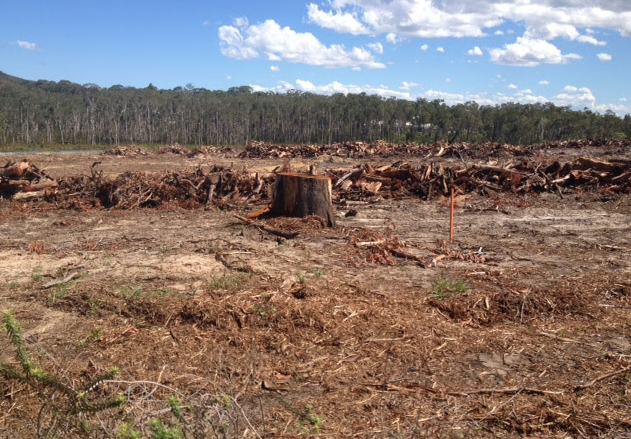Colonial First State, the wealth arm of Commonwealth Bank of Australia, has warned the fund managers it invests with to take the financial risks of climate change seriously or risk being dumped.
A CFS survey of more than 75 of its global and domestic investment managers found less than half (45 per cent) believe climate change is an investment risk, with less than 20 per cent measuring the carbon footprint of their portfolios. None are using carbon prices in valuing companies.
Scott Tully, head of investments at CFS, which manages $87 billion on behalf of nearly 1 million superannuation fund clients, said the findings were "lower" than the wealth manager had hoped.
"We've now got to assess [and ask] 'what are they doing about it?' It is a process where we might remove managers, not because we think they're not doing the right thing, but because they're not identifying risks which we think are material to portfolios," he told The Australian Financial Review.
This comes as the prudential regulator last year outlined plans for an industry-wide review of climate-related disclosure, warning insurers, superannuation funds and banks they place their "futures in jeopardy" by ignoring risks related to climate change.
"Increasingly, APRA will expect more sophisticated answers, especially from well-resourced and complex entities," said Australian Prudential Regulation Authority executive director Geoff Summerhayes in November.
"APRA intends to gain insights in areas such as how exposed regulated entities are to physical, transitional and liability risks, and whether they're taking steps to protect themselves and their customers." More









